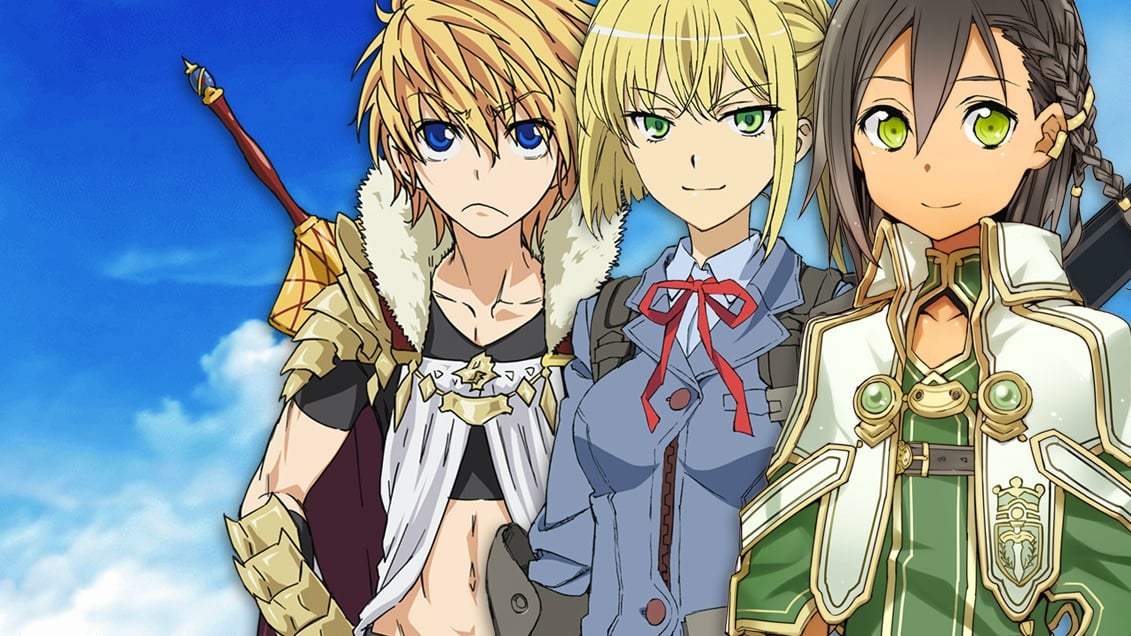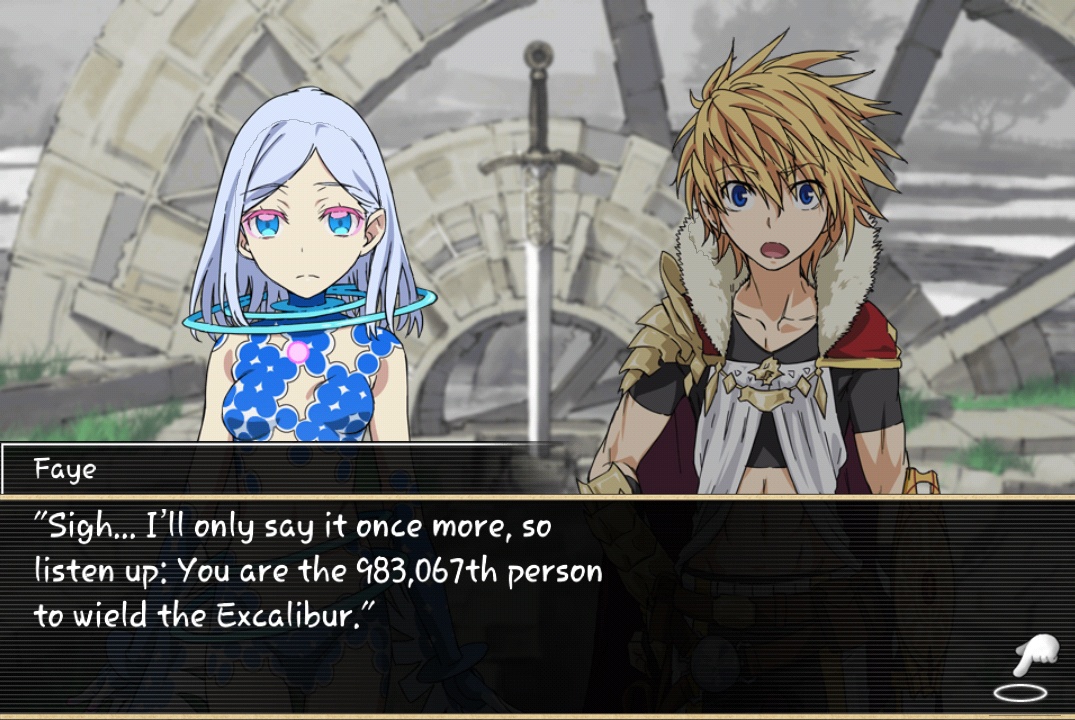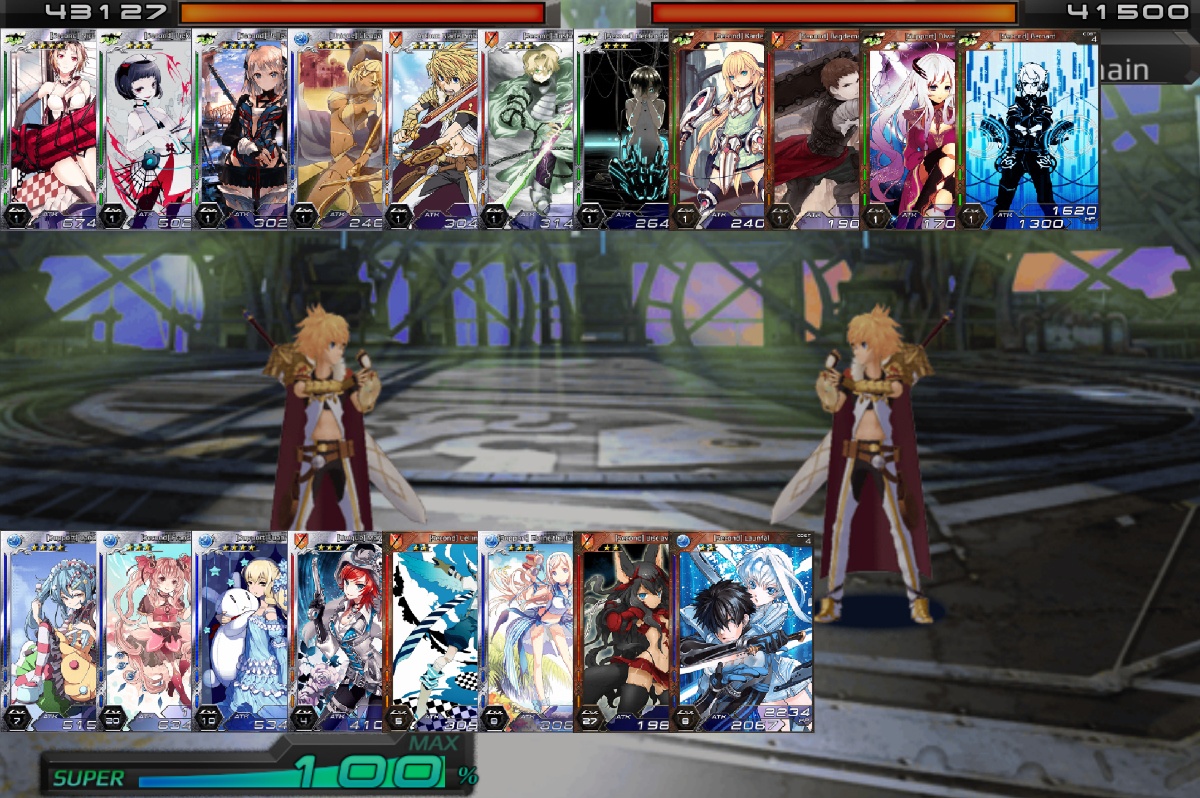- Wondering how to get Monopoly GO! free rolls? Well, you’ve come to the right place. In this guide, we provide you with a bunch of tips and tricks to get some free rolls for the hit new mobile game. We’ll …
Best Roblox Horror Games to Play Right Now – Updated Weekly
By Adele Wilson
Our Best Roblox Horror Games guide features the scariest and most creative experiences to play right now on the platform!The BEST Roblox Games of The Week – Games You Need To Play!
By Sho Roberts
Our feature shares our pick for the Best Roblox Games of the week! With our feature, we guarantee you'll find something new to play!All Grades in Type Soul – Each Race Explained
By Adele Wilson
Our All Grades in Type Soul guide lists every grade in the game for all races, including how to increase your grade quickly!
Million Arthur Review: A Sword Best Left in Stone
I’m a card game fanatic. Paper or virtual, I love collecting and battling. So I was pretty excited when I saw that Million Arthur had made it to the West. I mean, a sci-fi spin on Arthurian legend and published …

I’m a card game fanatic. Paper or virtual, I love collecting and battling. So I was pretty excited when I saw that Million Arthur had made it to the West. I mean, a sci-fi spin on Arthurian legend and published by Square Enix, what could go wrong?
The premise is interesting. You are Arthur, chosen by Excalibur to be the rightful ruler of a high-tech, fairie filled Britain. However, your Excalibur is not the only one, there are about a million Arthurs (you’re the 983,067th) that are charged with protecting the realm and fighting other Arthurs for the right to rule.
The visuals are bright and colorful and portray the typical Japanese anime style. Depending on the viewer this could be a positive or a negative. For fans of anime and Japanese culture, the character design is definitely well drawn and vivid. However, the sexualized imagery might make those unfamiliar with the subject matter uncomfortable, as there are quite a few cards and secondary characters that are scantily clad.

While the setting itself is very cool, the story can be a bit confusing. You’re thrown into the heat of battle without much discussion as to the history of the world, or motivation for fighting. The translation itself is adequate, but the sentence structure can come across a bit obtusely at times. I found myself having to reread pieces of dialogue more than once just to understand the context. There are also points that you’ll use each battle and exploration that must be replenished regularly. With Million Arthur having story more attuned to the Japanese Role-Playing Game genre, this is devastating. There is a story in there, possibly one worth viewing, but with the slightly confusing dialogue at times and the limitations of having to recharge battle and movement points, I couldn’t pay attention.
There is voice acting, but it’s in Japanese. There wasn’t any warning that the 300+ MB voice pack the game asks you to download was in a language that I couldn’t understand, so I ended up taking up storage space that I could have used for something else. Thankfully, I had a bit of room to spare, but I’d hate to think of anyone having to delete other games or data to install this voice pack only to realize that they had downloaded Japanese dialogue.
The actual gameplay is where Million Arthur really starts to falter. The appeal for many trading-card battle enthusiasts is constructing and playing a deck. However, there is only the most fleeting of strategy or deck building to be had in Million Arthur. The meat of the battle system consists of card combos. Certain cards in a certain order perform combos that can be absolutely devastating, or provide attack power boosts.

Besides arranging your cards (of which only 12 can be taken into battle) before you fight, there is no interaction to be had. Once you enter a battle your attacks simply execute in the order you’ve pre-chosen, and whoever is the strongest wins. So instead of crafting the slyest deck, or looking for ways to make the best of your cards, you simply are questing to continually get stronger cards.
There is a upgrade system that allows you to combine two cards into one stronger one, but even that has little interest as the combinations themselves don’t yield anything interesting, just higher stats. I found myself completely unattached to any of my cards. They have flavor text which describes the subject matter, but because of the constant drive to combine and upgrade, I found myself simply using whatever the strongest set was regardless of any personal like or dislike. It’s a system that we’ve seen time-and-time again in mobile, and it’s aging poorly.

The main story mode of Million Arthur, too, leaves something to be desired. Most segments have you in a generic location. A press of a button moves you forwards, and that’s it for exploration. There were no divergent paths that I found, and typically an exploration segment has you find one or two cards and fight a “Boss battle” which is really just a run of the mill enemy. At times you fight actual bosses during the storyline, but for the most part, it’s move forward, find item/card, move forward, fight enemy, return to the main menu.
There are also social gameplay options. You can team up with friends on Facebook to pool your battle and movement points, and help each other battle. There is also a “Guild” function in the works, but at this time that button is grayed out.
I really wanted to like Million Arthur. I’ve been a Square Enix fan for over 20 years, so no matter what they do I like to try and give it a chance. However, there’s not really anything here to play. The redeeming qualities of the game, namely the artwork, and possibly the story, are squandered by uninspired gameplay that leaves one desiring something more. With such a plethora of card battlers on the market, playing Million Arthur just feels like settling.

The good
- Character art is well done
- Interesting premise

The bad
- No English vocals
- Rough translation in places
- Exploration and battle system is simplistic and uninspired
More articles...
Monopoly GO! Free Rolls – Links For Free Dice
By Glen Fox
Wondering how to get Monopoly GO! free rolls? Well, you’ve come to the right place. In this guide, we provide you with a bunch of tips and tricks to get some free rolls for the hit new mobile game. We’ll …Best Roblox Horror Games to Play Right Now – Updated Weekly
By Adele Wilson
Our Best Roblox Horror Games guide features the scariest and most creative experiences to play right now on the platform!The BEST Roblox Games of The Week – Games You Need To Play!
By Sho Roberts
Our feature shares our pick for the Best Roblox Games of the week! With our feature, we guarantee you'll find something new to play!All Grades in Type Soul – Each Race Explained
By Adele Wilson
Our All Grades in Type Soul guide lists every grade in the game for all races, including how to increase your grade quickly!







